Measuring the Compensation of Instrument Strings For Varying Scale Lengths
If you enjoy the technical side of things, please consider buying my book “Left-brain Lutherie” . Although no longer sold by StewMac, you can buy directly from me.
It seems like such a simple thing to do: adjust the bridge and saddle so that the 12th fret harmonic and 12th fret fretted note are the same for the string action that the customer prefers. Were that it were so. We must accept the reality that: 1.) different brands of strings have different stiffness coefficients; 2.) that even when all the strings are at nearly the same tension, the tension per unit cross-sectional area will be different. Thus even within the same brand of string, different diameter strings may well have different compensation coefficients.
In order to test what degree of compensation is needed for the Savarez Alliance classical guitar strings that I use on my ukuleles, I created a simple device in a morning, built mostly from scraps lying about the shop. Figure 1 gives an overview of the jig. We’ll next look at the actual pieces of the apparatus and how they’re put together. Finally, we’ll return to the measurement process and look at some data.
Figure 1: String compensation set-up 
The first picture (Figure 1, above) shows the basics of the process: A lowly 1″x3″ has been transformed into an engineering marvel, capable of transcending the shimmering boundaries of the compensation world. Hmmm. O.K. It’s ugly but it works…8)…and is can estimate correct compensation within 0.001″ for a given string and scale length. So it’s worth a try, right? In any case, let’s look at how to make it.
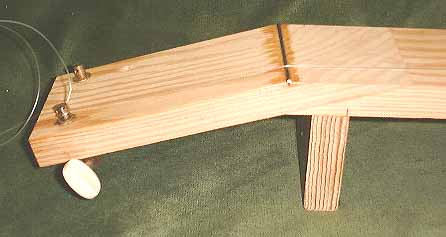
Figure 2: Headstock of the compensation setup
As shown in Figure 2, begin with a piece of 1″x3″ about 3′ long. ~ 6-8″ from one end, cut a 15 degree scarf joint, flip the end piece over and re-glue. Now you have a headstock on one end. Glue several 4″ pieces of 1×3 to the underside of the “neck” to raise it off the work table. I use a zero fret and so put one where the nut would normally be. A couple of aging tuning machines make the look complete: this uke’s on coke.
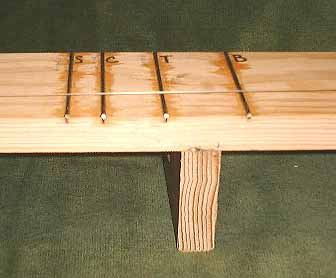
Figure 3: 12th Frets of various ukulele scale lengths for the compliance setup
Figure 3 now shows that I then put frets on the “neck” at the 12th fret position for my various scale lengths: 13.5″, 15″, 17″ and 20″. “S”, “C”, “T”, and “B” refer to Soprano, Concert, Tenor and Baritone; the four different sizes of ukuleles. It’s no more trouble to put a few in the 24-26″ scale length range while you’re at it. Then you can put “G” if you wish.
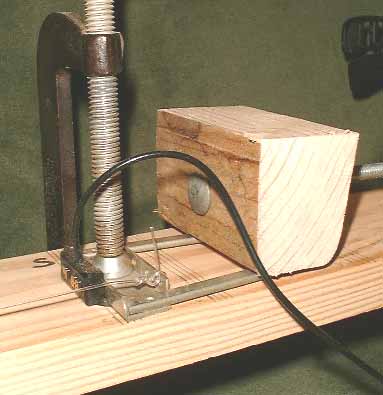
Figure 4: Front View of the Center Piece for the compliance setup
And now to the centerpiece of our efforts. Figure 4 (above) and Figure 5 (below) show two views of the same object. We’ll need something to attach the string to, amplify the sound and imitate the position of the saddle on the top of the instrument. I had a tailpiece from an old beater lying around and it has served the purpose for me. By flipping it over, the bent over portion that formerly acted as a stiffener of some sort has become the “saddle”. Existing string holes still function in the same way. We’ll need to be able to move the setup back and forth so a block of wood was attached to the tailpiece and a 5/16″ hole drilled through its middle to accommodate a 6-8″long 1/4″ carriage bolt. A Barcus Berry JR pickup was then glued to the “saddle” of the tailpiece and connected to an amp. My $400 chromatic tuner then sits in front of the amplifier, somewhat embarrassed by its association with the whole process. A C-clamp is necessary to keep the whole business from rearing its ugly head and trying to escape the compensation process. Loosening and re-tightening the clamp occurs quickly once the process is begun. The observant viewer will note several sets of sub-parallel lines on the planar surface of the work piece. These are nominal reference points for adjusting the center piece for a given scale length.
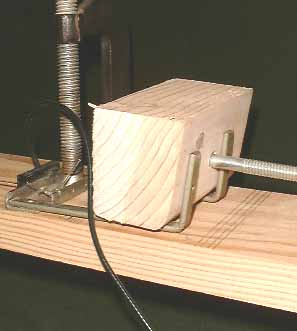
Figure 5: Rear View of Center Piece for the compliance setup
As shown below in Figure 6 , yet another piece of wood (the rear stop block) with the same size 5/16″ hole was made from a piece of 2″x2″. The carriage bolt goes freely through that and the emerging bolt is then fitted with washer and wingnut. This block is fixed with a couple of squeeze clamps so that turning the wingnut will allow the center piece to move but not the end block.
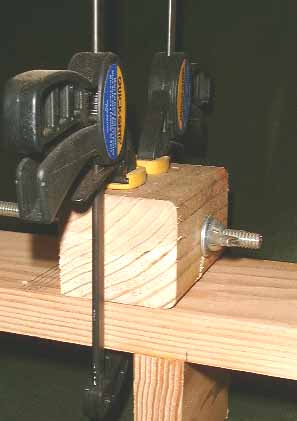 Figure 6: Rear Stop Block for the compliance setup
Figure 6: Rear Stop Block for the compliance setup
O.K. Attach a string and pluck away. Noise should come from the amp. Good sign. Now adjust the position of the center piece with the wingnut so that the fretted note and harmonic have the same value according to the tuner. The distance between the 12th fret and the saddle for the device is the distance that the center of the saddle will have to be for correct compensation for that string and that scale length. Make sure that the action of this device and your final action are the same. Repeat the process for the other four to six strings.
Below are Tables 1, 2, and 3which contain compensation measurement data for my ukulele scale lengths of 13.5″, 14.78″ and 17″. I am using Savarez Alliance strings (541-R, 1st; 542-R, 2nd; 543-R, 3rd; 541-J, 4th). The third column represents the length from my zero fret to the 12th fret. The fourth column represents the length from the 12th fret to the saddle center when the proper compensation has been achieved. The fifth column shows the percent increase of the fourth column data relative to the third column data.
Note the much larger compensation required for the C string. I need to re-do these measurements to confirm their accuracy for this combination of strings and scale length. Note also that as the scale length increases, the relative amount of compensation increment decreases, probably because greater string lengths are inherently less stiff even though greater tension is needed to maintain the same frequency.
Table 1. Compensation Data for 13.5″ Scale Length Soprano Ukulele using Savarez Alliance Strings 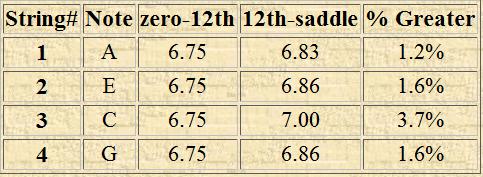
Table 2. Compensation Data for 14.78″ Scale Length Concert Ukulele using Savarez Alliance Strings 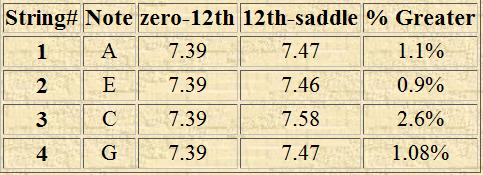
Table 3. Compensation Data for 17″ Scale Length Tenor Ukulele using Savarez Alliance Strings 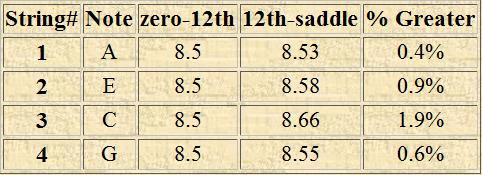
I enjoy writing these pages and hope that they are interesting and useful to the reader. I’ve stopped building at this time and still need to generate some income in order to continue to expand this website with more useful articles. If this page was helpful to you and you would like to make a $5.00 donation in order to have more pages like it, please use the donation button below. Thank you.